When winter temperatures plummet, frozen eggs are usually not a chicken keeper’s primary concern, but once the coops are shored up and the chickens are protected from the elements, egg preservation and safety become significant issues. A decline in egg production in autumn and winter is expected and any egg laid during those lean months is prized- losing any to freezing temperatures is truly disheartening. But, what can be done to prevent frozen eggs and what to do with eggs that have frozen?
DOs and DON’Ts of Preventing Frozen Eggs
DO collect eggs frequently.
DO insulate the nest box with towels, cardboard or reflective bubble wrap insulation, for example. (always conceal materials chickens might peck at to prevent ingestion)
DO use Nest Box Curtains. Hens generate body heat and the curtains will help keep some of the heat in the nest box. If you use a lightweight cotton fabric or burlap in the warmer months, consider using a heavyweight fabric in the winter.
DO use a flat panel radiant heater near the nest boxes if necessary; never use dangerous heat lamps.
DO be on the lookout for egg-eating chickens. Cracked eggs are an enticement to bored chickens and egg-eating is a tough habit to break. Institute corrective measures immediately if egg-eating is suspected.
DON’T allow a broody hen to sit on a nest for the purpose of keeping eggs warm in extremely cold temperatures. Why? A broody eats, drinks and eliminates waste once or twice a day at most, which is unhealthy for her any time of the year, but can be life-threatening in frigid temperatures. In the winter, a chicken increases its feed intake to generate body heat to keep itself warm; given that a broody hen consumes 80% less feed than usual, she can ill afford fewer calories in frigid temperatures. If the nest box is cold enough to freeze eggs, it’s cold enough to cause hypothermia and death. Read how to break up a broody hen here, which should always be done indoors in extreme weather.
What to do with a frozen egg?
When a frozen egg cracks pathogens gain an express route in to contaminate the egg; frozen eggs that are cracked should be thrown away.
Clean, Frozen Eggs with intact shells:
If the egg might be frozen, but you’re not certain and the shell is not cracked, place it in the refrigerator to thaw until ready to use. Don’t wash a clean frozen egg as washing might crack it. Use thawed eggs as soon as possible and only in dishes that will be thoroughly cooked.
When in doubt, throw it out- the hens will make more! All eggs should be thoroughly cooked before eating because even clean, intact, never frozen, fresh-outta-the-hen eggs can contain Salmonella enteritidis bacteria inside the yolk.
Cooking with Thawed Eggs:
Freezing eggs causes a change in the consistency of the yolks, so while they are fine scrambled and in recipes where leavening isn’t critical, they won’t provide the same rise in baked goods as an egg that has never been frozen.
Living in New England my entire life, I know a thing or two about negotiating winter, so when I found frozen, cracked eggs in my nest boxes, I hatched the idea for the Nest Box Cozy.
The inspiration for the Nest Box Cozy came to me after a morning of snow shoveling followed by an evening spent with a handmade, rice-filled, microwaveable heat pack on a pulled back muscle, which I noticed retained warmth for several hours. That’s when it hit me: if I could bring the temperature of the nest boxes up a few degrees in the morning, I might be able to prevent eggs from freezing in the chicken coop. Booyah! Bring on The Nest Box Cozy!
A few notes about using the Nest Box Cozy:
The goal is to bring the temperature in the nest box up a few degrees, not to cook the eggs, which means that several layers of insulation in between the egg and Cozy are required. (More on that, below) I had no intention of sewing and installing a Nest Box Cozy for each of ten nest boxes, so I identified which nest boxes the ladies were using (as we know, they all use the same one regardless of how many are available) and closed off the lesser used boxes for business. Stacking a few empty egg cartons in the nest boxes did the trick.
The Nest Box Cozy will require re-heating for hens on an afternoon laying schedule. I heat my Nest Box Cozy in the microwave for 2-3 minutes, but heating times will vary based on a variety of factors. Common sense should be exercised always.
Having mentally checked out of the sewing portion of 7th grade home economics class, this is my quick-and-dirty tutorial for the Nest Box Cozy. There is no cutting mat, no ironing and only one measurement- just the basics: sew and go, baby!
MATERIALS
Sewing machine
Fabric remnants cut slightly larger than the base of the nest box
Uncooked rice or dried beans
Spruce the Coop Herbal Fusion/Dried herbs/flowers (optional)
Pins
A funnel (optional)
METHOD
Cut: My nest boxes are approximately 12” x 12”, so I cut the fabric in 14” x 14” squares (as far as you know)
Sew three of the four sides of the material closed.
Make 4 pockets: From the open end of the fabric, sew a straight line down to the opposite side, repeat two times so that there are four long pockets created.
Partially fill: Hold the fabric with the open side facing up and pour a little rice into each pocket so that it comes approximately 4 inches up the pocket. Add a pinch of dried herbs if you like. Pin the pocket closed where the rice ends or wing-it, as I did, without pinning. That’s right, I’m a real risk-taker.
Sew the rice-filled portion of the pocket closed. Remove pins. Repeat process until the Nest Box Cozy is full and sewn shut. Ready to rock and roll!
NEST BOX PREP
I use plastic nest box pads and bottoms. If you do not, simply substitute cardboard where nest pads and liners are indicated.
MATERIALS
Chopped straw. (The Nest Box Cozy warms the air inside the straw)
Nest box pads and liners, cardboard cut to size or Excelsior pads
Heavy duty aluminum foil
Bubble pack reflective insulation or other self-contained insulation (read: not fiberglass)
METHOD
Add a layer of straw to the bottom of the nest box and place the nest box liner on top of the chopped straw.
Add a layer of bubble wrap reflective insulation.
Wrap the warmed Nest Box Cozy in heavy duty aluminum foil (protects it from becoming soiled) and place it on top of the insulation.
Place more chopped straw on top of the nest pad. Add Spruce the Coop Nest Box Herbs if desired.
Sources & Further Reading:
Kathy Shea Mormino
Affectionately known internationally as The Chicken Chick®, Kathy Shea Mormino shares a fun-loving, informative style to raising backyard chickens. …Read on


shop my SPONSORS
When winter temperatures plummet, frozen eggs are usually not a chicken keeper’s primary concern, but once the coops are shored up and the chickens are protected from the elements, egg preservation and safety become significant issues. A decline in egg production in autumn and winter is expected and any egg laid during those lean months is prized- losing any to freezing temperatures is truly disheartening. But, what can be done to prevent frozen eggs and what to do with eggs that have frozen?
DOs and DON’Ts of Preventing Frozen Eggs
DO collect eggs frequently.
DO insulate the nest box with towels, cardboard or reflective bubble wrap insulation, for example. (always conceal materials chickens might peck at to prevent ingestion)
DO use Nest Box Curtains. Hens generate body heat and the curtains will help keep some of the heat in the nest box. If you use a lightweight cotton fabric or burlap in the warmer months, consider using a heavyweight fabric in the winter.
DO use a flat panel radiant heater near the nest boxes if necessary; never use dangerous heat lamps.
DO be on the lookout for egg-eating chickens. Cracked eggs are an enticement to bored chickens and egg-eating is a tough habit to break. Institute corrective measures immediately if egg-eating is suspected.
DON’T allow a broody hen to sit on a nest for the purpose of keeping eggs warm in extremely cold temperatures. Why? A broody eats, drinks and eliminates waste once or twice a day at most, which is unhealthy for her any time of the year, but can be life-threatening in frigid temperatures. In the winter, a chicken increases its feed intake to generate body heat to keep itself warm; given that a broody hen consumes 80% less feed than usual, she can ill afford fewer calories in frigid temperatures. If the nest box is cold enough to freeze eggs, it’s cold enough to cause hypothermia and death. Read how to break up a broody hen here, which should always be done indoors in extreme weather.
What to do with a frozen egg?
When a frozen egg cracks pathogens gain an express route in to contaminate the egg; frozen eggs that are cracked should be thrown away.
Clean, Frozen Eggs with intact shells:
If the egg might be frozen, but you’re not certain and the shell is not cracked, place it in the refrigerator to thaw until ready to use. Don’t wash a clean frozen egg as washing might crack it. Use thawed eggs as soon as possible and only in dishes that will be thoroughly cooked.
When in doubt, throw it out- the hens will make more! All eggs should be thoroughly cooked before eating because even clean, intact, never frozen, fresh-outta-the-hen eggs can contain Salmonella enteritidis bacteria inside the yolk.
Cooking with Thawed Eggs:
Freezing eggs causes a change in the consistency of the yolks, so while they are fine scrambled and in recipes where leavening isn’t critical, they won’t provide the same rise in baked goods as an egg that has never been frozen.
Living in New England my entire life, I know a thing or two about negotiating winter, so when I found frozen, cracked eggs in my nest boxes, I hatched the idea for the Nest Box Cozy.
The inspiration for the Nest Box Cozy came to me after a morning of snow shoveling followed by an evening spent with a handmade, rice-filled, microwaveable heat pack on a pulled back muscle, which I noticed retained warmth for several hours. That’s when it hit me: if I could bring the temperature of the nest boxes up a few degrees in the morning, I might be able to prevent eggs from freezing in the chicken coop. Booyah! Bring on The Nest Box Cozy!
A few notes about using the Nest Box Cozy:
The goal is to bring the temperature in the nest box up a few degrees, not to cook the eggs, which means that several layers of insulation in between the egg and Cozy are required. (More on that, below) I had no intention of sewing and installing a Nest Box Cozy for each of ten nest boxes, so I identified which nest boxes the ladies were using (as we know, they all use the same one regardless of how many are available) and closed off the lesser used boxes for business. Stacking a few empty egg cartons in the nest boxes did the trick.
The Nest Box Cozy will require re-heating for hens on an afternoon laying schedule. I heat my Nest Box Cozy in the microwave for 2-3 minutes, but heating times will vary based on a variety of factors. Common sense should be exercised always.
Having mentally checked out of the sewing portion of 7th grade home economics class, this is my quick-and-dirty tutorial for the Nest Box Cozy. There is no cutting mat, no ironing and only one measurement- just the basics: sew and go, baby!
MATERIALS
Sewing machine
Fabric remnants cut slightly larger than the base of the nest box
Uncooked rice or dried beans
Spruce the Coop Herbal Fusion/Dried herbs/flowers (optional)
Pins
A funnel (optional)
METHOD
Cut: My nest boxes are approximately 12” x 12”, so I cut the fabric in 14” x 14” squares (as far as you know)
Sew three of the four sides of the material closed.
Make 4 pockets: From the open end of the fabric, sew a straight line down to the opposite side, repeat two times so that there are four long pockets created.
Partially fill: Hold the fabric with the open side facing up and pour a little rice into each pocket so that it comes approximately 4 inches up the pocket. Add a pinch of dried herbs if you like. Pin the pocket closed where the rice ends or wing-it, as I did, without pinning. That’s right, I’m a real risk-taker.
Sew the rice-filled portion of the pocket closed. Remove pins. Repeat process until the Nest Box Cozy is full and sewn shut. Ready to rock and roll!
NEST BOX PREP
I use plastic nest box pads and bottoms. If you do not, simply substitute cardboard where nest pads and liners are indicated.
MATERIALS
Chopped straw. (The Nest Box Cozy warms the air inside the straw)
Nest box pads and liners, cardboard cut to size or Excelsior pads
Heavy duty aluminum foil
Bubble pack reflective insulation or other self-contained insulation (read: not fiberglass)
METHOD
Add a layer of straw to the bottom of the nest box and place the nest box liner on top of the chopped straw.
Add a layer of bubble wrap reflective insulation.
Wrap the warmed Nest Box Cozy in heavy duty aluminum foil (protects it from becoming soiled) and place it on top of the insulation.
Place more chopped straw on top of the nest pad. Add Spruce the Coop Nest Box Herbs if desired.
Sources & Further Reading:



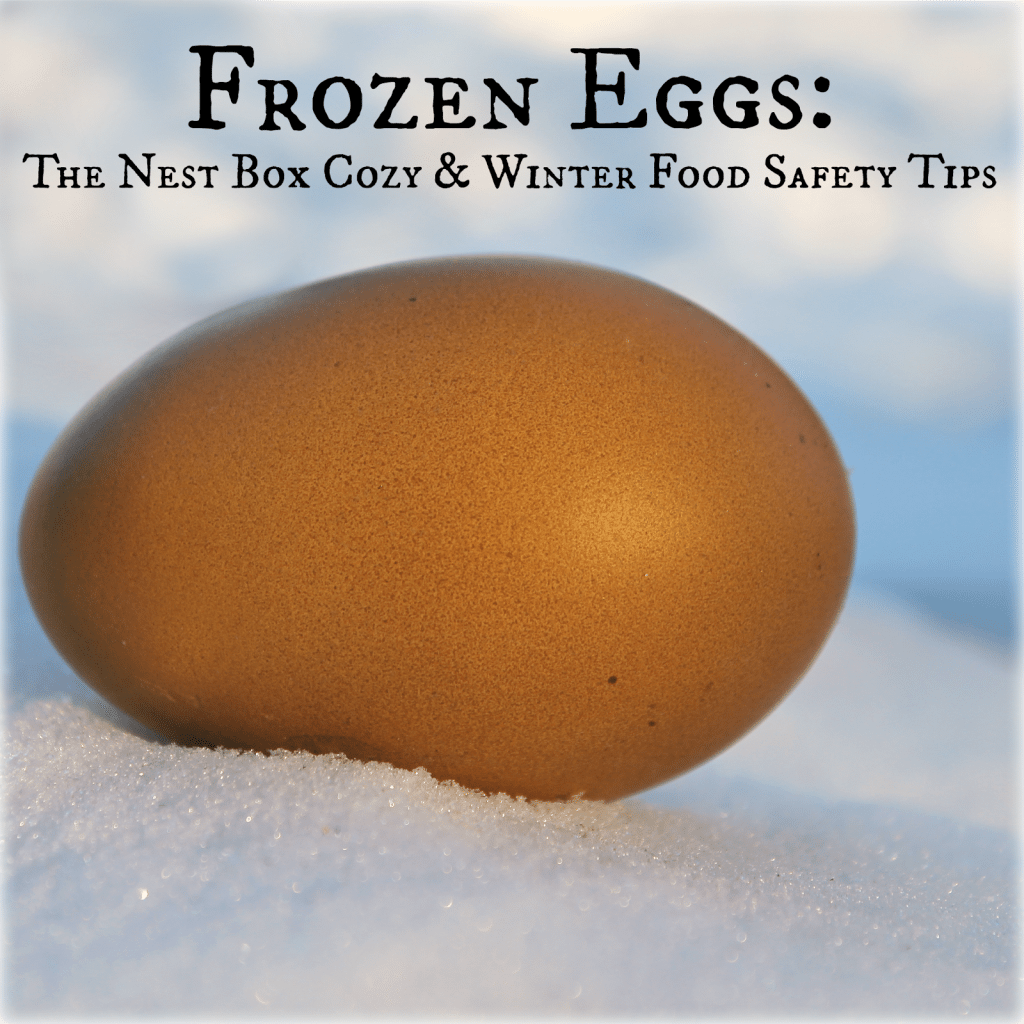
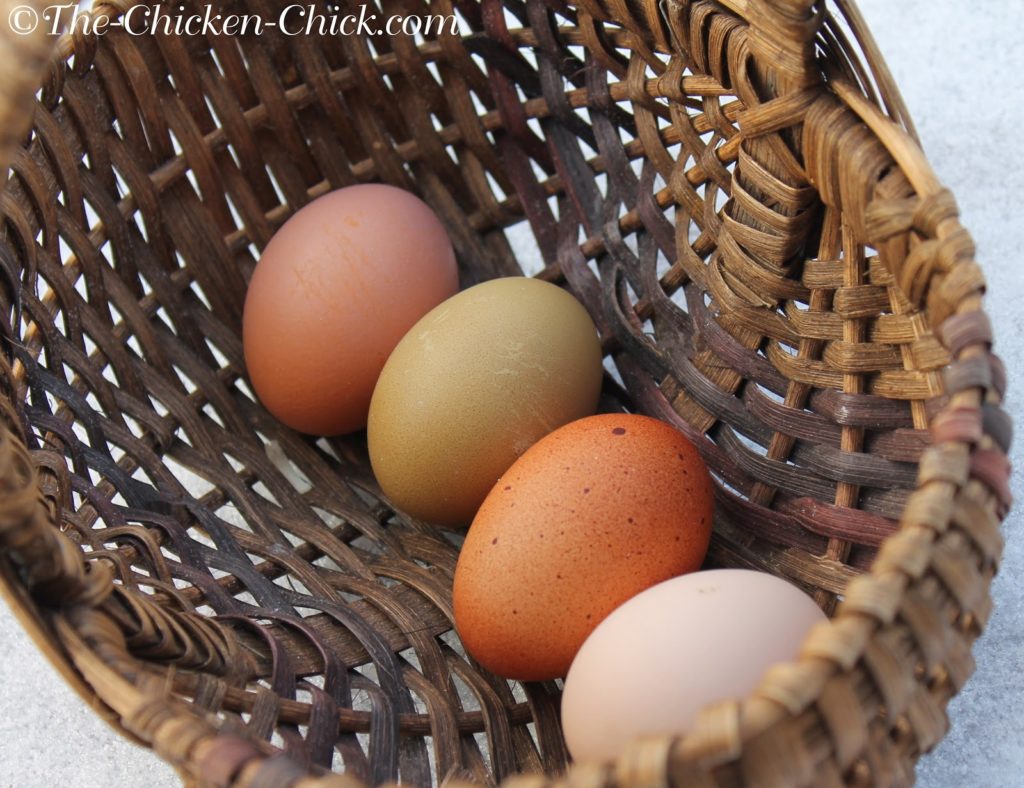
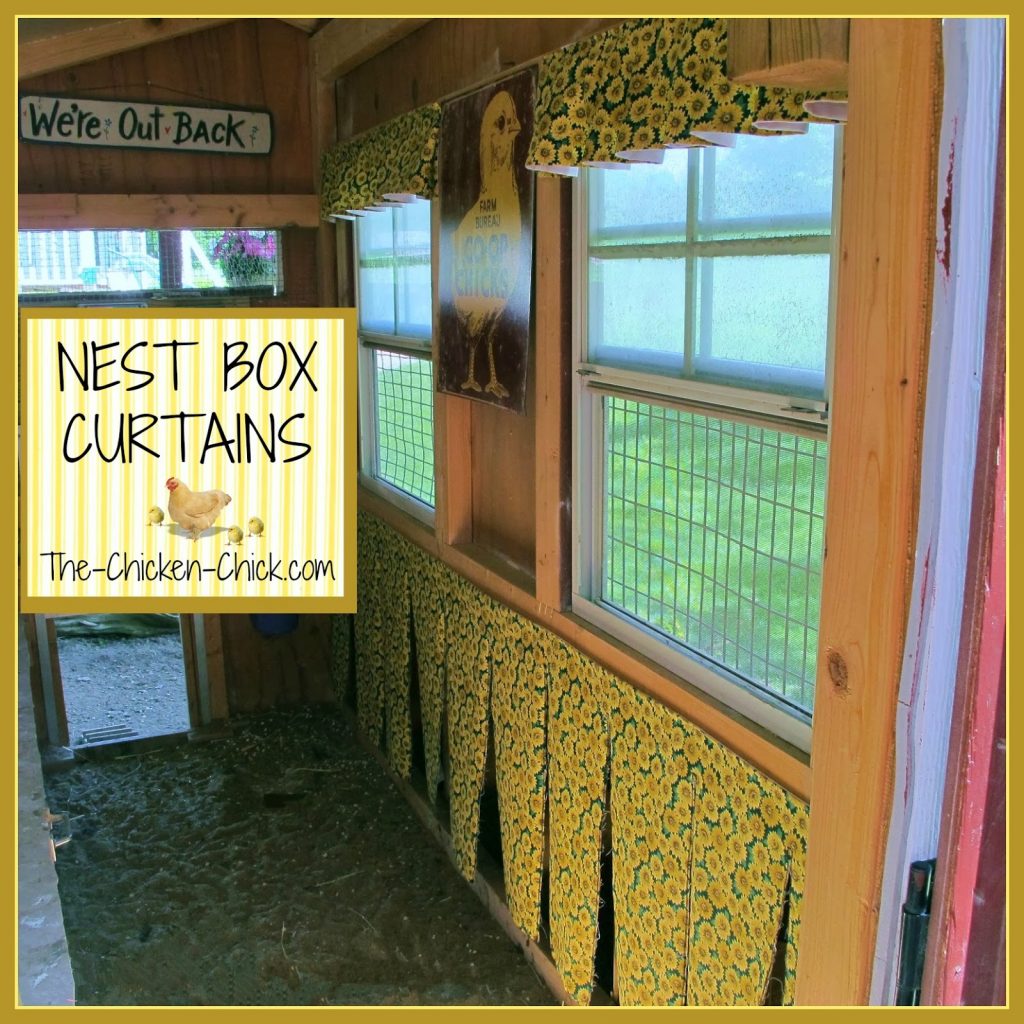

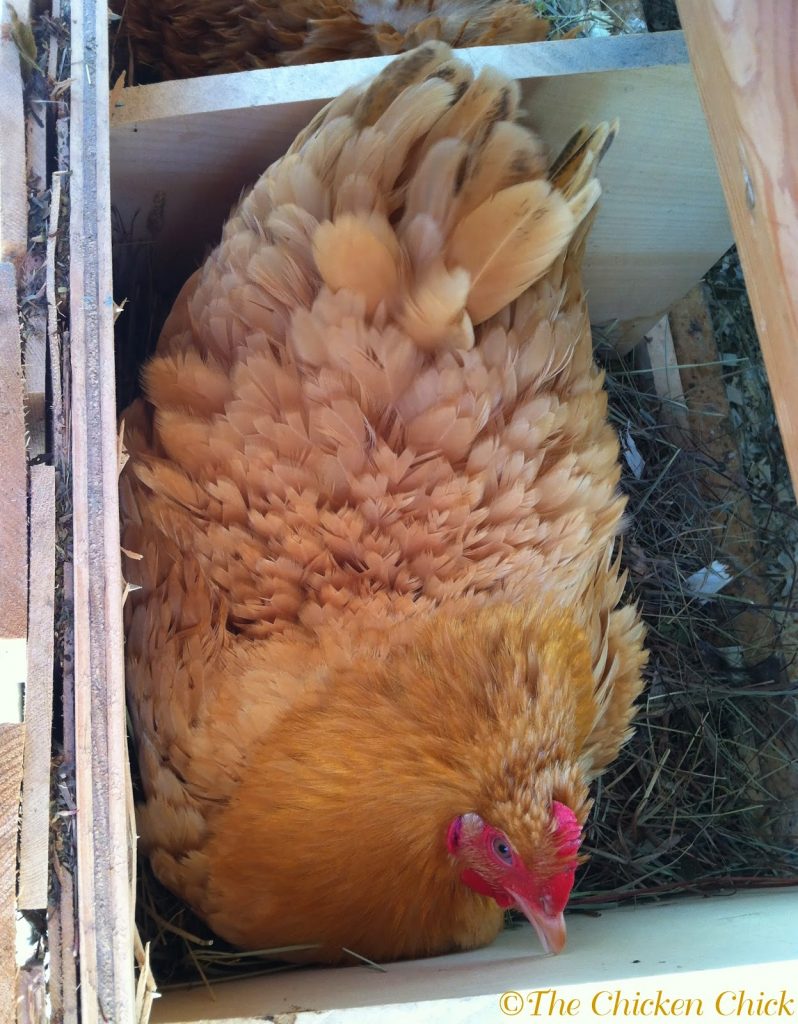
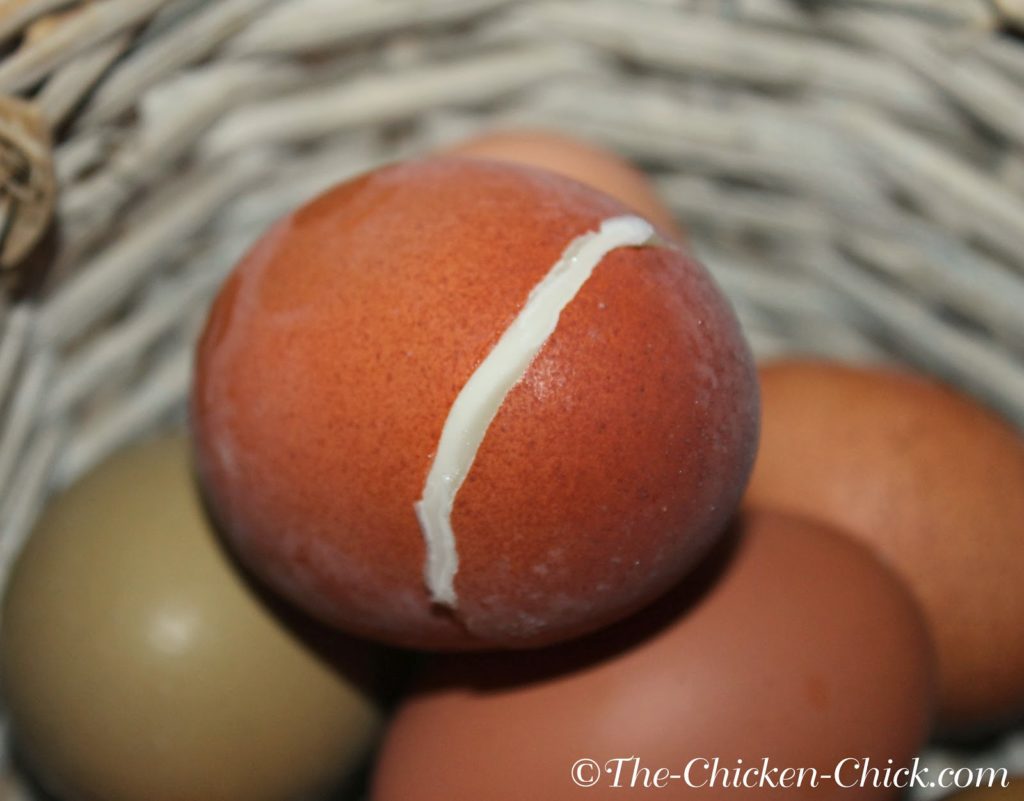

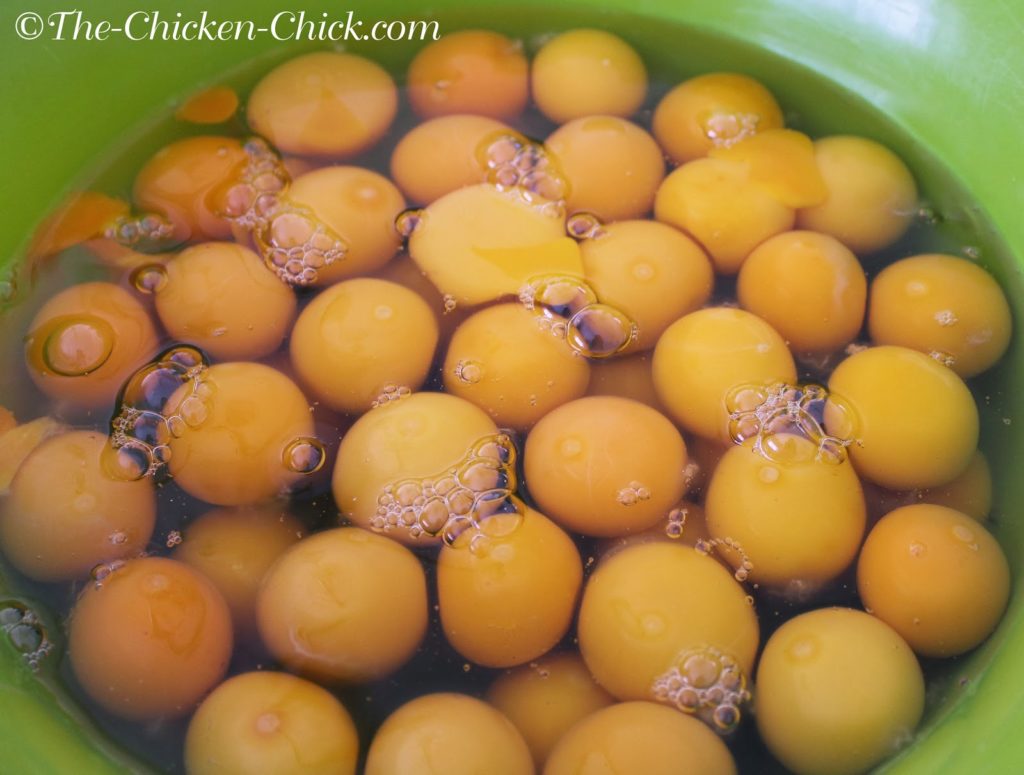

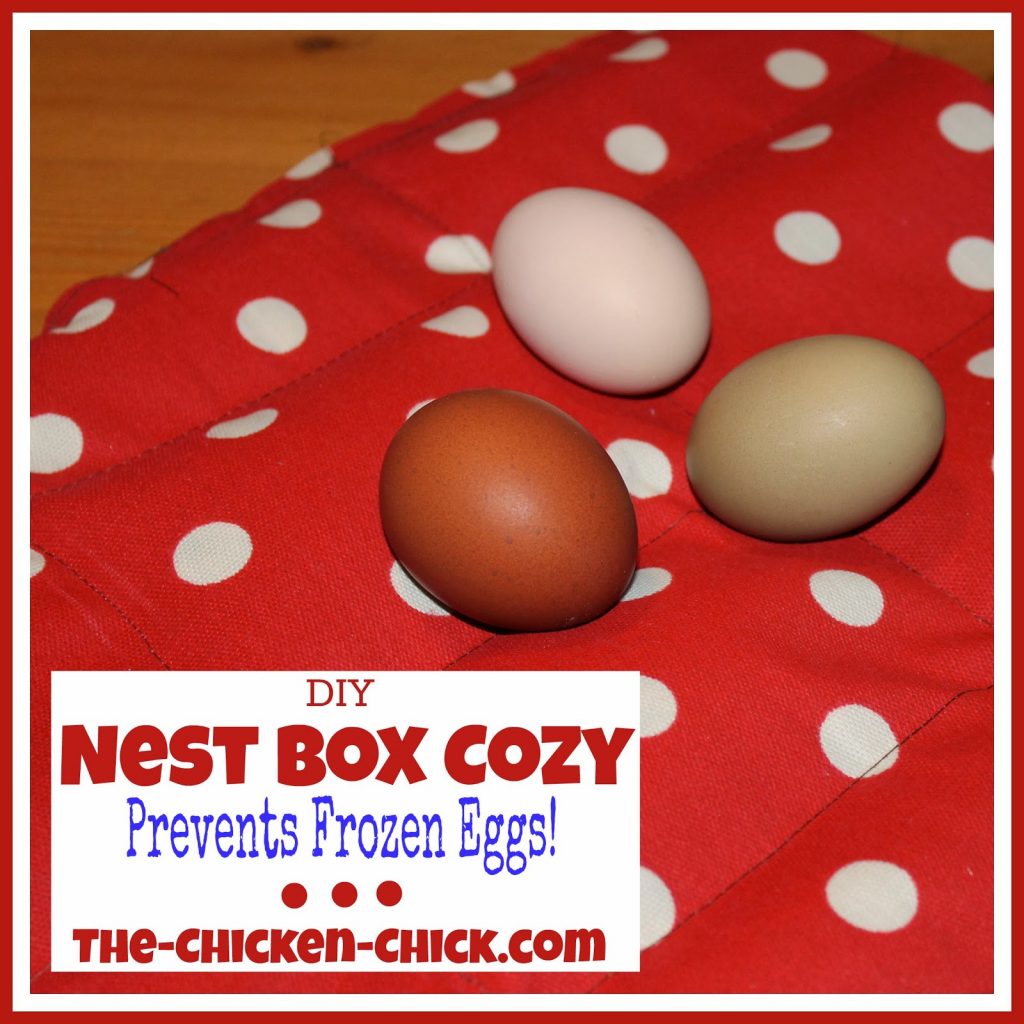
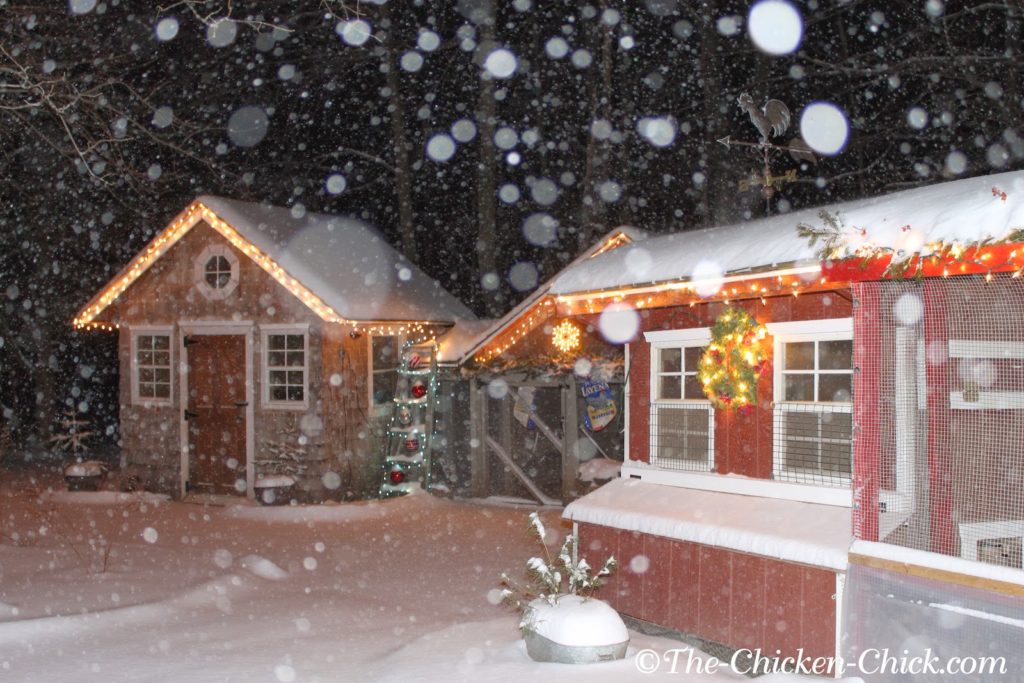
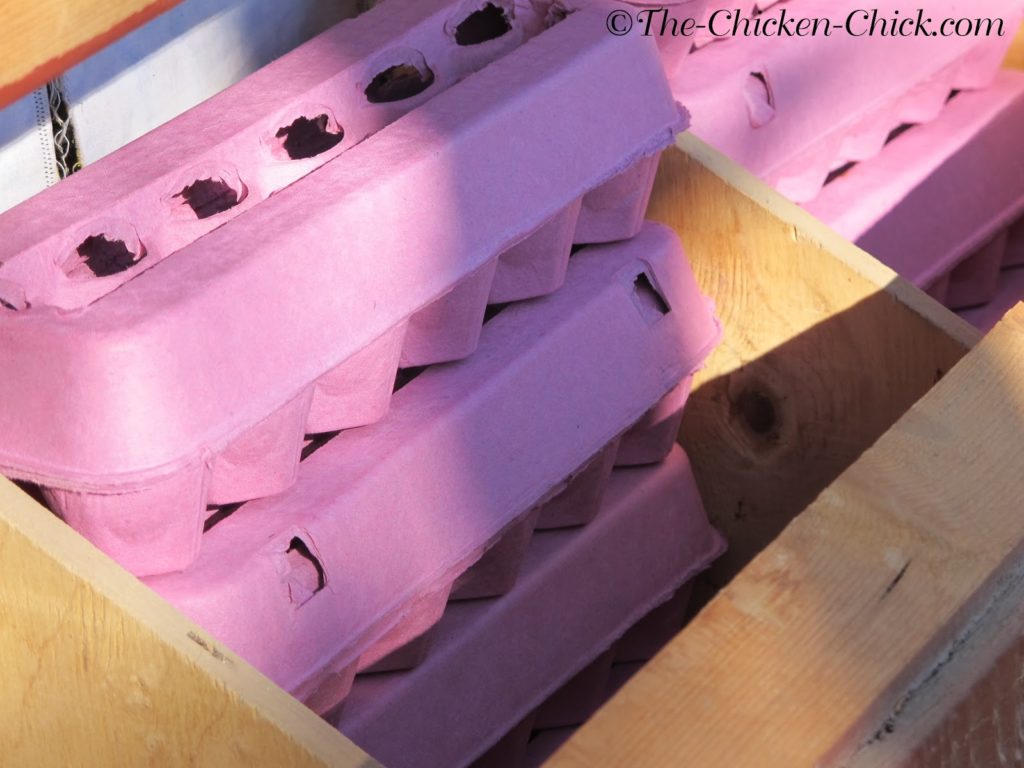
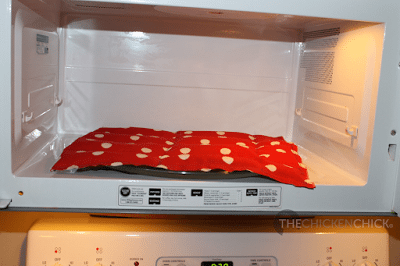
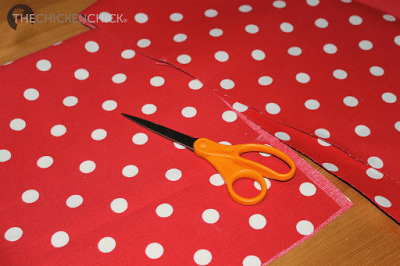
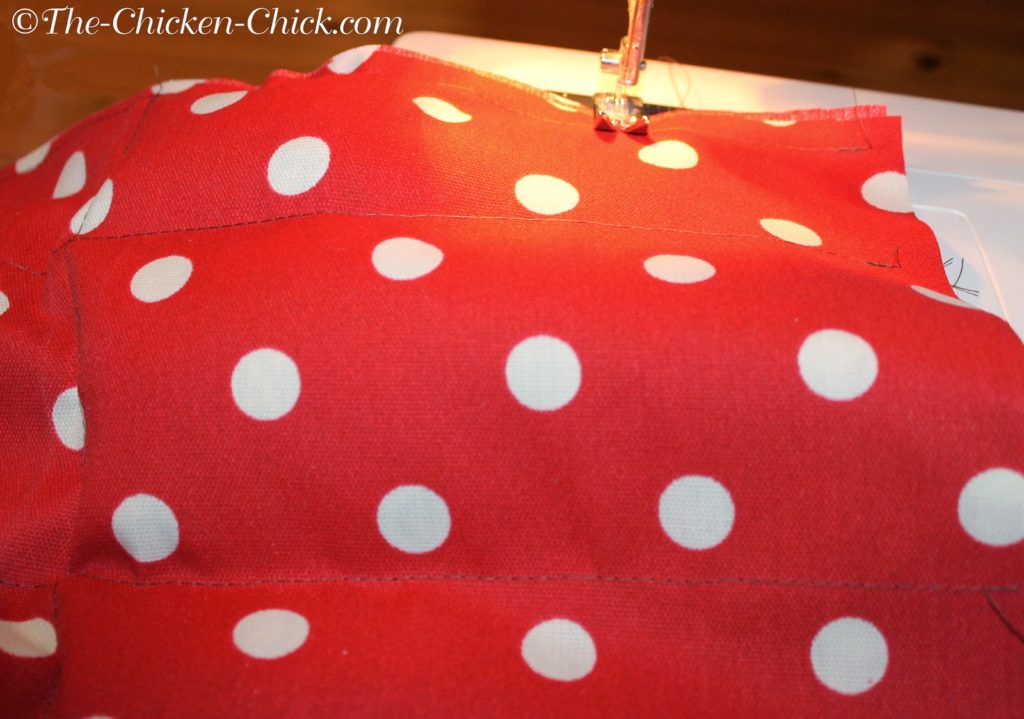
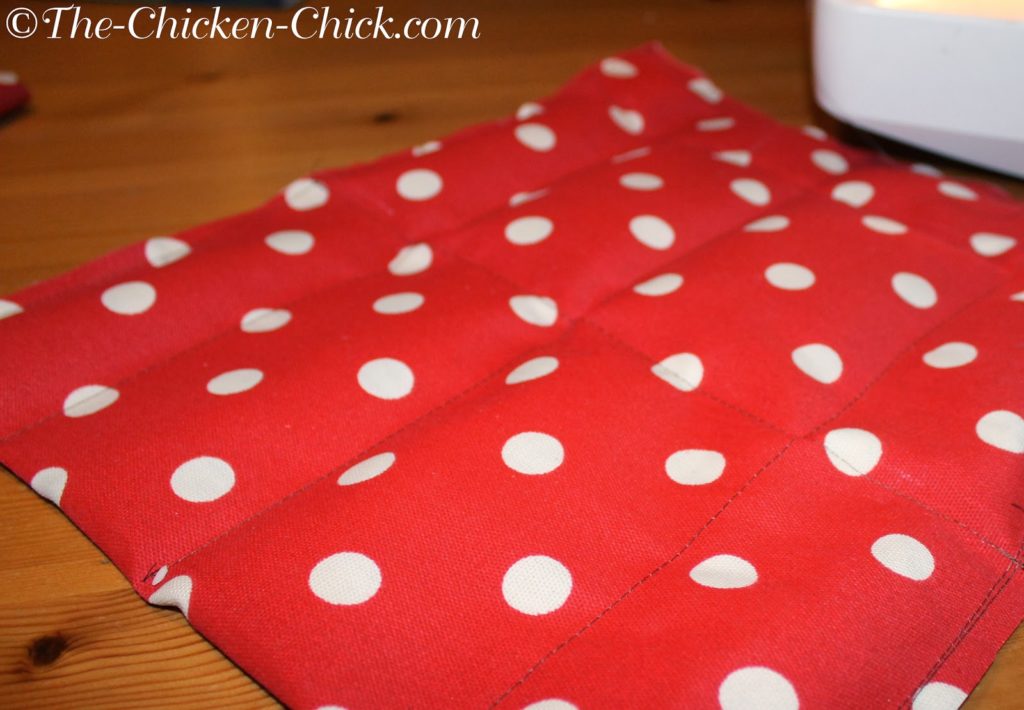
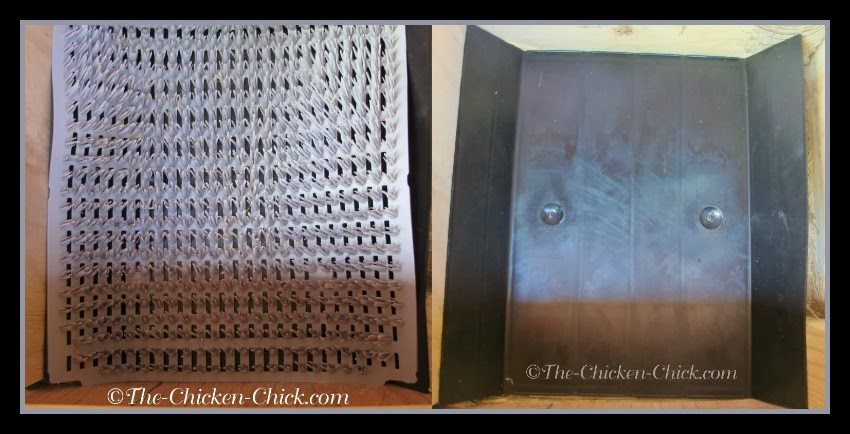
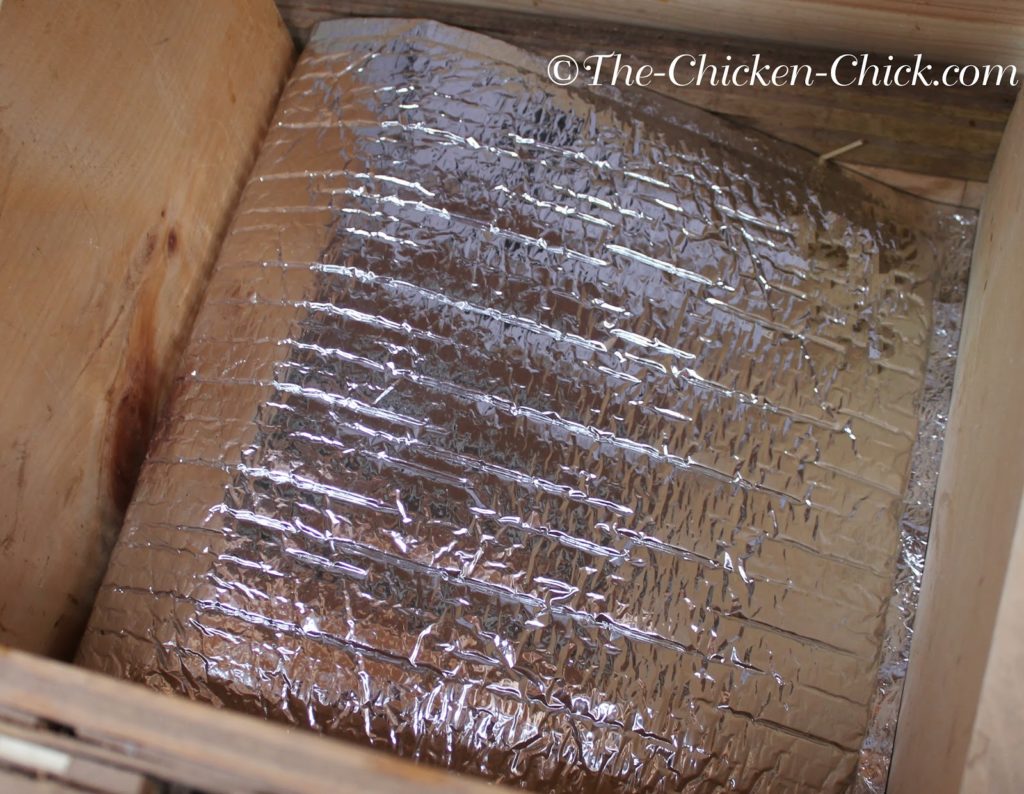
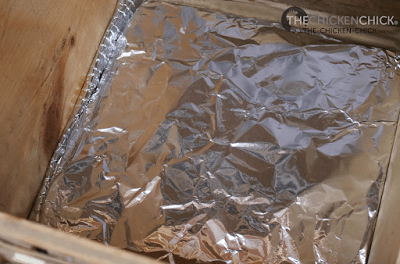
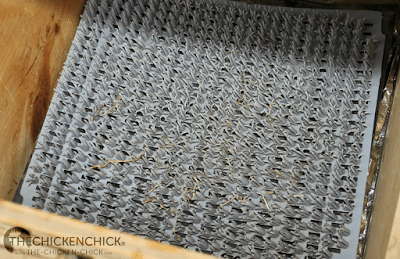
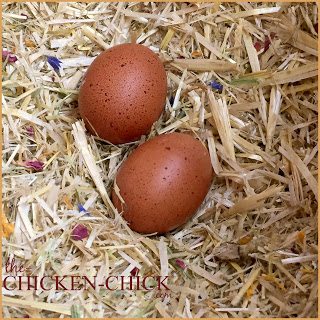















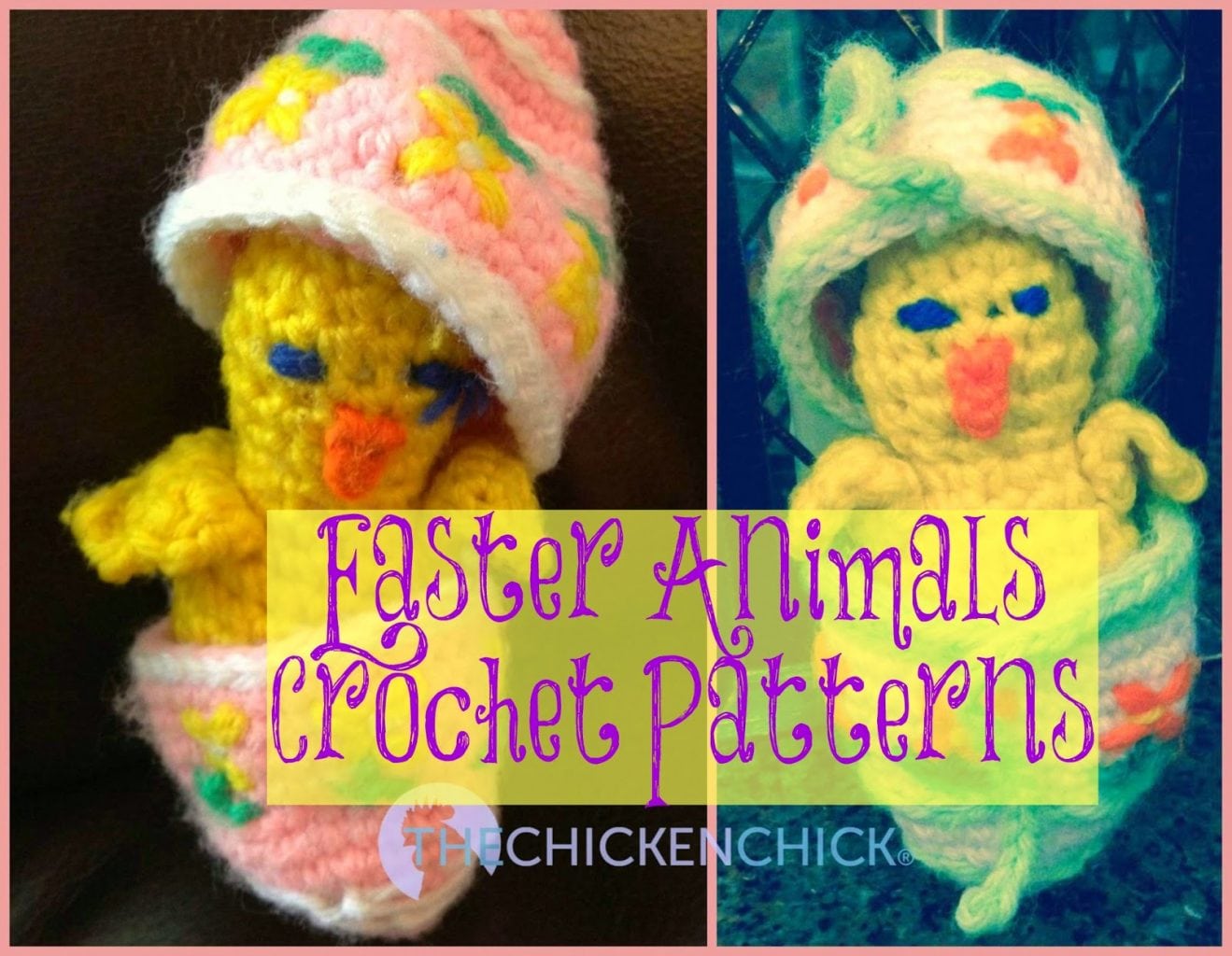






I just came across your blog. I use your Nest Box herbs, which are awesome and give the entire coop a wonderful smell. I already use the waterer that you suggest and I love it! I also use a safe heater in the coop above their roost to help keep them warm as well as the plug that I plug the heater in and the waterer in the wintertime that turns them on if the temperature falls below I think it is 40 degrees so I never have frozen chickens or frozen water and the chicky’s have heat above their… Read more »
Yesterday I went up to give the main flock some water because the temp had fallen below freezing. The coop hose was frozen, so I started back down to the house for some liquid water. Because the cold weather came on suddenly, and the days are shorter, only one bantam hen had laid, so I scooped the egg up and figured it was frozen. I put the egg in my fleece jacket pocket, and came back to the house. I decided to check the hose nozzle before going inside, opened the valve and heard a POP. I check three valves… Read more »
I do not recommend Pedialyte in this situation. That is only to be used in case of emergency when vitamins & electrolytes are necessary and unavailable. You don’t need the Pedialyte and could find it creates problems you don’t already have.